二零一九年
是中华人民共和国成立七十周年
清华大学建筑设计研究院也迈入新的十年
进入了成立六十一周年
七十年来
中国从一个积贫积弱的国家
一跃成为当今世界第二大经济体
六十年来
清华大学建筑设计研究院
也一直在探索中成长
让我们在新的十年之初
共庆祖国华诞之际
用六十张照片
来回顾一下清华建筑设计研究院的六十年成果
以及中国现代建筑的发展
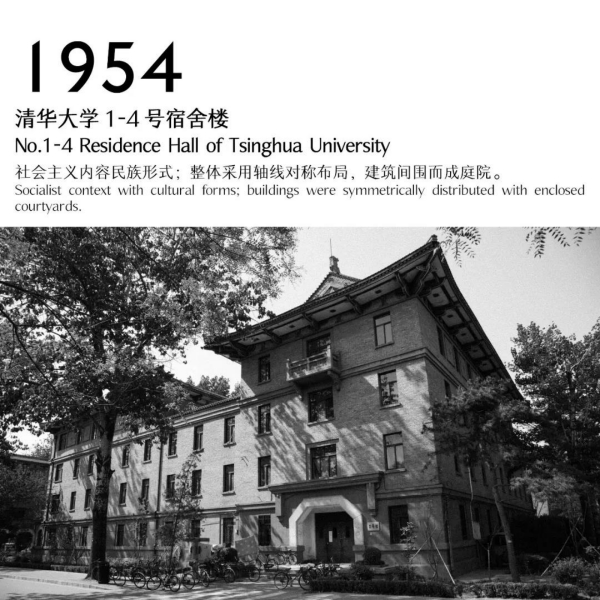
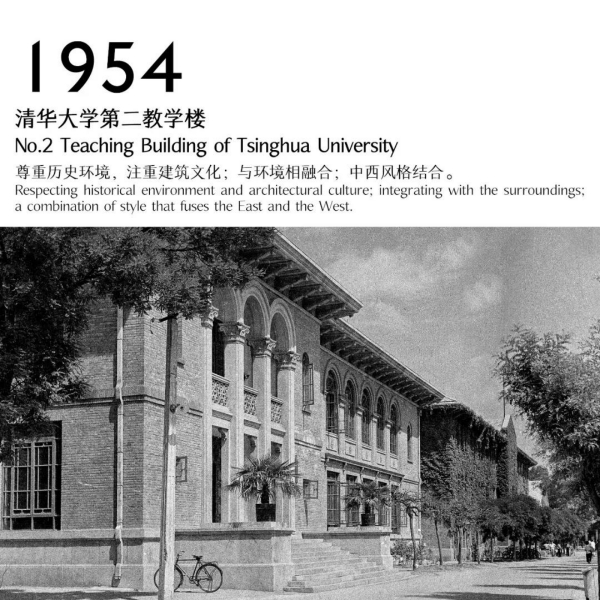
1958-1978
初创期,寻找身份认同
Initial Stage: Searching for Identity
1949年之前,中国建筑的一个重要命题是寻找一种结合西方现代建筑和中国传统的设计语言。1949年之后,在这个命题之上又增加了一个更为重要和紧迫的使命:随着中华人民共和国的建立,如何在新的社会制度下形成一种新的社会与城市环境,既和过去有所不同,又能宣示一个新时代的到来。两个命题的核心是一致的,那就是建筑设计要在新的社会关系、生产方式和思想观念下,塑造一种新的国家与民族认同。清华大学建筑设计研究院正式成立在1958年,由于其与清华大学建筑系发展密不可分的关系,自建立初期直到1966年的设计实践中,始终都贯穿了塑造国家与民族认同的使命。
Before 1949, the mission of Chinese architecture was to seek solutions that can link western modern architecture with Chinese traditions. After 1949, another critical and urgent mission arose: how to form a distinctive urban environment that can declare the arrival of the new era of social political system with the establishment of the PRC. The mutual goal of both missions was to mold a new national identity confronting the new social relationship, production mode and ideology. THAD was formally established in 1958, affiliated to the Architecture Department of Tsinghua University. Throughout the early years and the design practice by 1966, the mission of shaping national identity had always been committed.
建筑发展不可避免的受到工业和技术条件与意识形态的影响。自第一个五年计划以来,中国迈上了工业化的道路,在建筑设计中引入了现代建筑设计方法、技术、规范和标准,这也体现在清华大学建筑设计研究院自建国以来一系列的设计实践中。1966年文化大革命开始,工业化的步伐虽然仍在继续,但是意识形态的因素开始全面影响发展进程。建筑设计中在这个时期的两个特征是:一方面,工业化的发展向国防问题与三线建设倾斜,另一方面极左意识形态下出现了一些特殊的建筑类型,以及建筑与城市发展的停滞和管理的无政府化。
At that time architectural development was inevitably influenced by industry, technology and ideology. When China initiated industrialization in the first “five-year” plan, modern design method, technology, and regulations were introduced to the architecture field. These had been reflected on THAD’s practice since the establishment of PRC. However. When the Cultural Revolution struck in 1966, although the pace of industrialization continued, the factors of ideology affected the development process considerably. Two characteristics of architectural design in this period were: firstly, the development of industrialization was inclined to the national defense issues and the Third Front Movement; secondly, special architectural types revealed under the extreme left ideology, along with the stagnation of architectural development and the anarchy of management.
1978-1987
成长期,探索自主发展
Growth Period,Exploring Independent Development
1978年中国进入了改革开放的时期。十年动乱结束,建筑设计发展回归正常。对计划经济体制的改革带来了建设投资机制的变化,为建筑设计注入了新的活力;对外开放则带来了国外建筑发展的情况和交流的机会,促进了中国建筑学术和实践的发展;社会基本建设投资体制的变化以及土地市场的建立,使得建筑需求趋于多元化。建筑设计不再仅仅是服务于国家宏观发展需要,变得更加贴近社会、贴近生活。清华大学建筑设计研究院在这个时期开始回归建筑设计学科的本体,学习吸收先进的理论与方法,开启了新的研究与实践。
China fully embraced Reform and Opening-up in 1978. Architecture design development was eventually back on track after the chaotic decade. Reform of the planned economic system changed the construction investment mechanism, vitalized the architectural industry; Opening to the outside world ushered in architectural practice from abroad and opportunities for exchanges, and ultimately boosted the academic and practical development in China. The change in the social infrastructure investment system and the establishment of land market diversified the needs of architecture. Architectural design was not merely to satisfy the national macro-development needs, it also became closer to people’s daily life. It was at this period of time that THAD returned to the fundamentals of architecture design, absorbing advanced theories and methods, embarked on the new journey of research and practice.
1988-1997
稳定期,建立发展体系
Stabilizing Period, Establishing Development System
土地开发机制的出现,市场化住房供应的建立,对建筑设计提出了市场与社会双方面的要求。市场化的需求代表了新时期对于私人需求的认可,而共同价值仍然是不可缺少的社会粘合剂。清华大学建筑设计研究院在这个时期的实践,从市场和社会两个角度呈现了这个市场化蓬勃发展时期的双重使命:私人市场在逐步建立、社会共同进步仍然不可或缺。另一方面,在经济快速发展,西方先进思想和技术大量快速涌入的同时,重估自身传统文化价值的命题再度浮现。作为中国学术共同体中重要的一员,以探寻中国建筑学术方法与理论为己任,清华大学建筑设计研究院在这个时期的设计实践中,在服务于市场需求和社会价值的同时,也主动承担了挖掘、保护和再现中国传统建筑与城市文化价值的责任。
Architectural design was challenged in both market and social perspectives, due to the introduction of land development mechanism and housing supply. Such marketization expressed the recognition of the private needs from the new era, yet the common value is still an indispensable social binder. THAD’ s practice during this period reflected such two missions in the booming market. While private market was gradually established, the value of common prosperity remained crucial to the society. On the other hand, the proposition of reassessing the value of its traditional culture emerged again along with the rapid economic development and influx of advanced Western technologies,. THAD acted as an important member of China’s academic community, taking the responsibilities of exploring Chinese architectural methodology and theories. It answered to market demand and social values; also conserved and represented traditional architecture and urban cultural values.
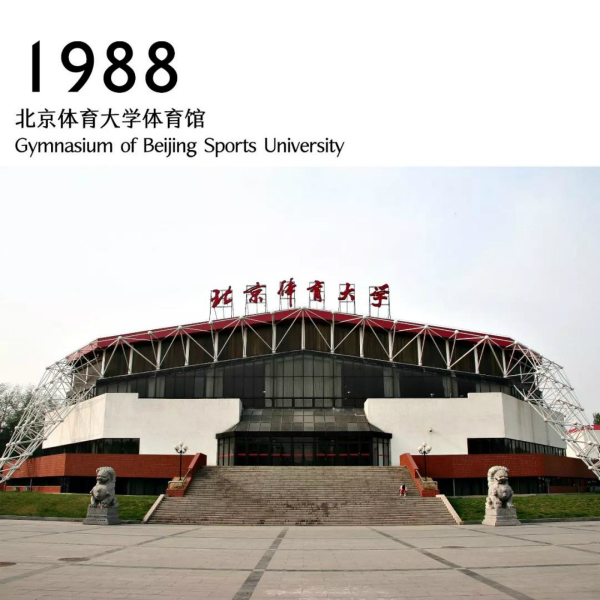
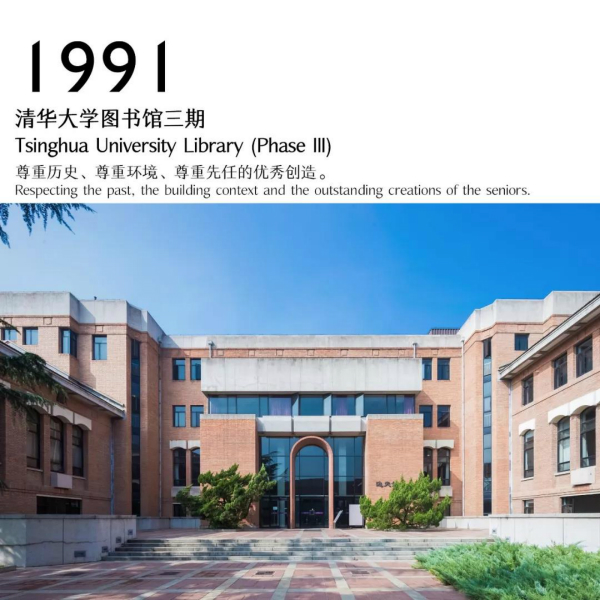
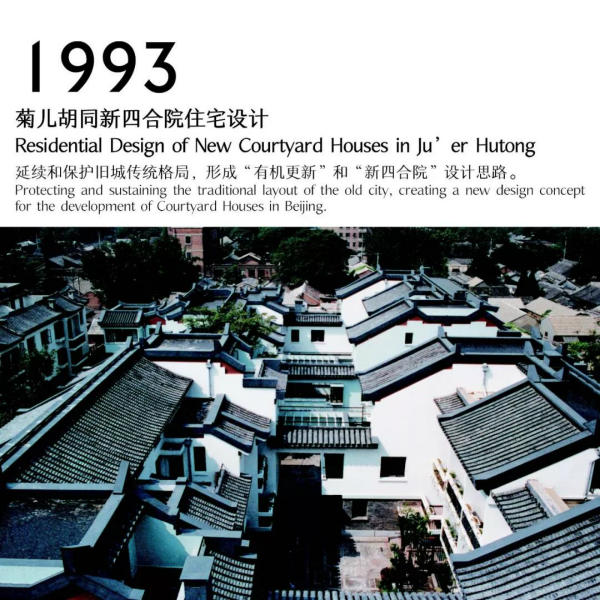
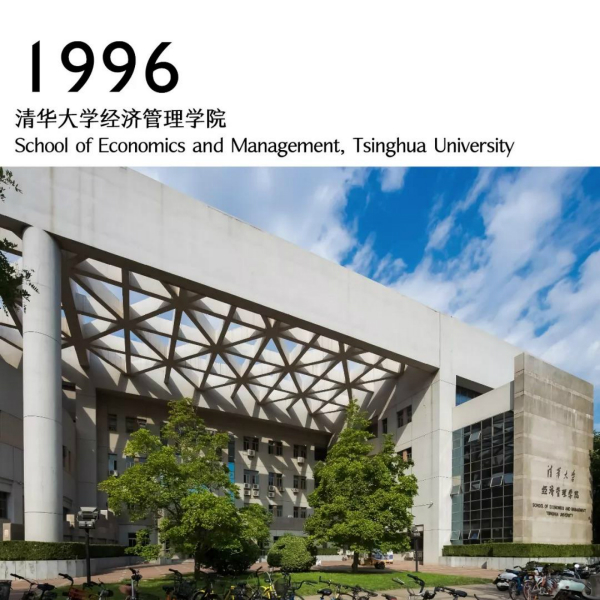
1998-2007
持续期,跟进时代需求
Sustainable Development Period, Marching with the Era
随着经济社会的发展、中国的对外开放、媒体与信息交流的激增,在建筑设计研究与实践的基础上,吴良镛先生提出了人居环境科学理论,以宏观视野将建筑、城市、景观相结合,将社会、文化、环境、技术等问题相融汇,成为指导建筑设计学术与实践发展的框架。这个时期,清华大学建筑设计研究院的设计实践也越来越多的介入国家社会的大事件,并以广阔的学术视野,将其纳入到人居环境问题的研究中去,将学术研究与具体的设计实践紧密结合在一起,从而回应更为广阔的社会发展需求,同时服务于学科发展的目标。2008年在北京举行的奥运会,清华大学建筑设计研究院参与了其中数个主要场馆的设计;同时,清华大学建筑设计研究院还开展了工业化建造体系的开发、使用后评估方法的推广等具有更为宽广社会示范效应的研究和实践。
The development of the economy and China’s Opening-up has triggered massive media and information exchange. Based on architectural research and practice, Mr. WU Liangyong proposed the Theory on Human Settlement Environment, examining from a macro perspective, integrating architecture, urban and landscape design to solve social, cultural, environmental and technological issues. This theory became the framework and guideline for the development of architectural design, research and practice. During this period, THAD actively participated in national events, applying its broad academic vision in the research of human settlement environment. Not only did THAD play the role to satisfy the demand of social development, but also to serve the goal of discipline development. THAD was responsible for the design of multiple major venues for the 2008 Beijing Olympic Games; meanwhile, it also participated in developing the industrialized construction system, promoting the Post-Occupancy Evaluation theory, along with other research and practice with wider social impacts.
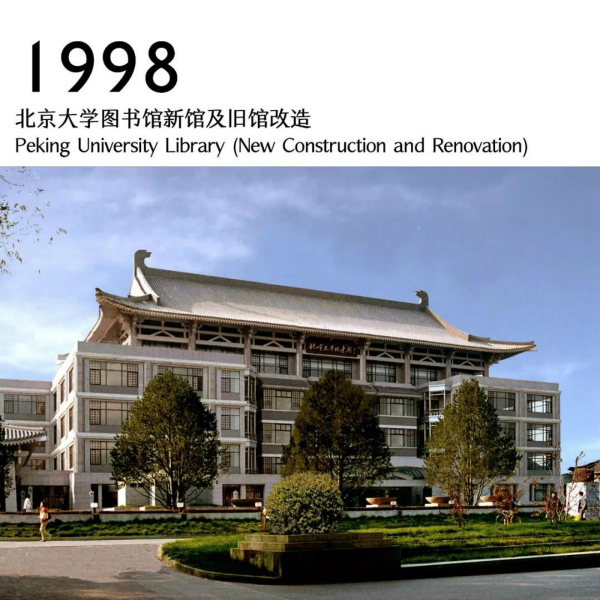


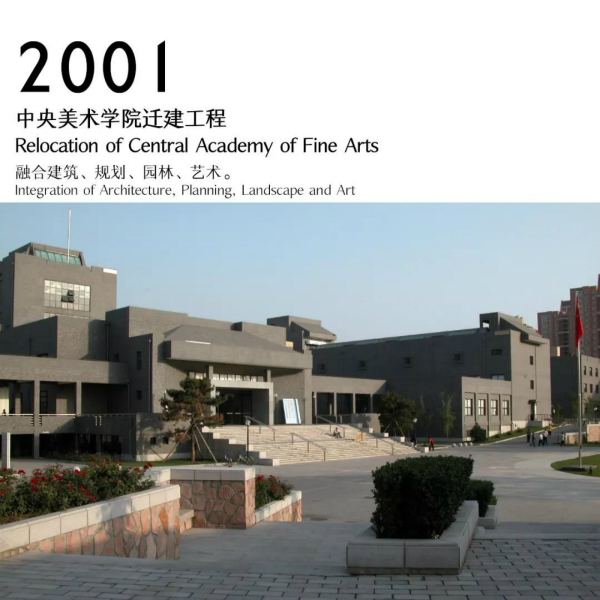
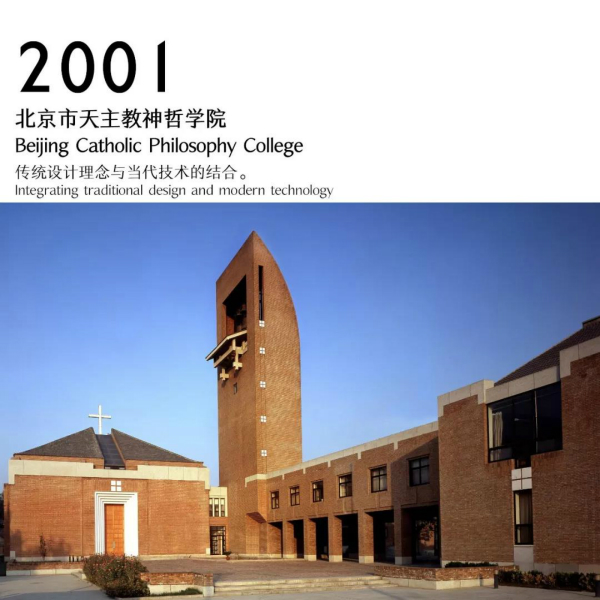
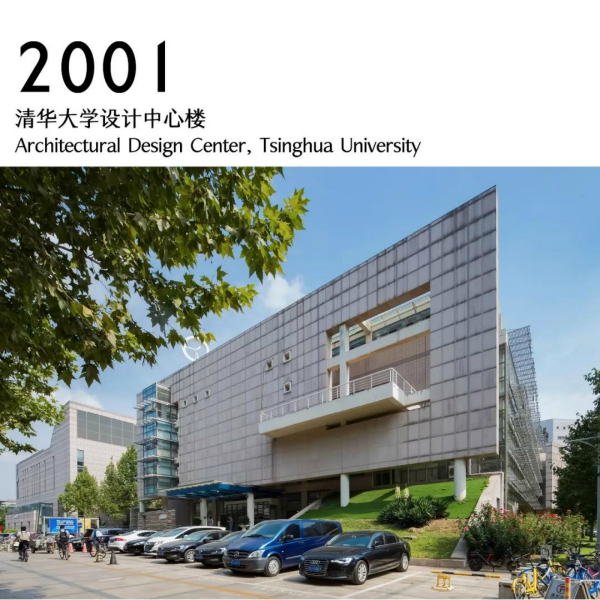
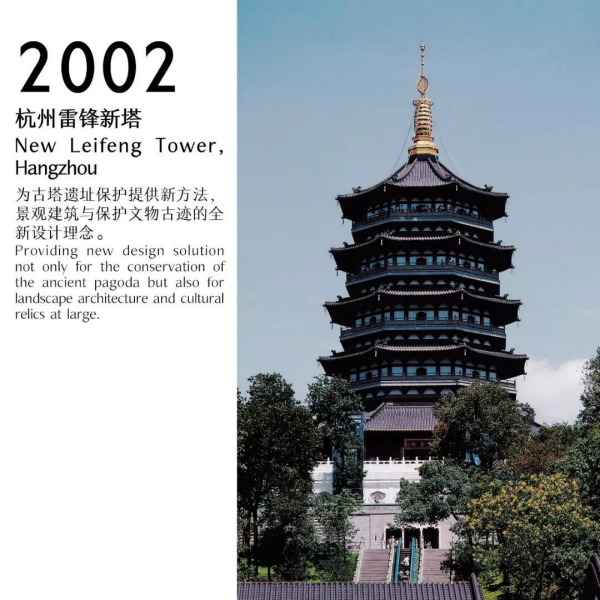
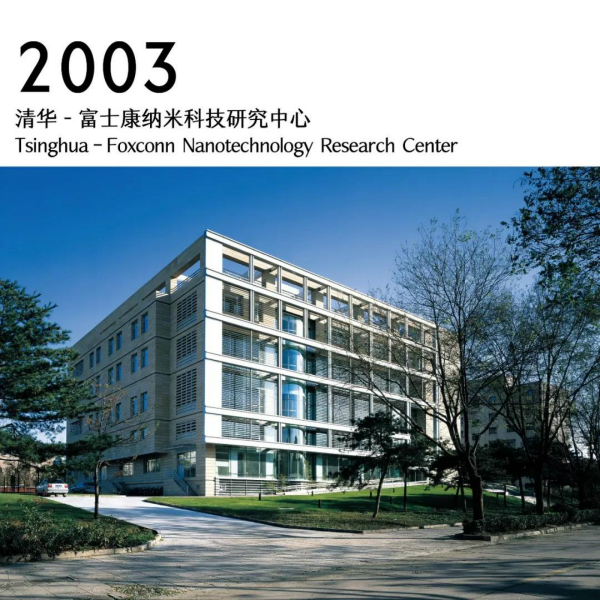
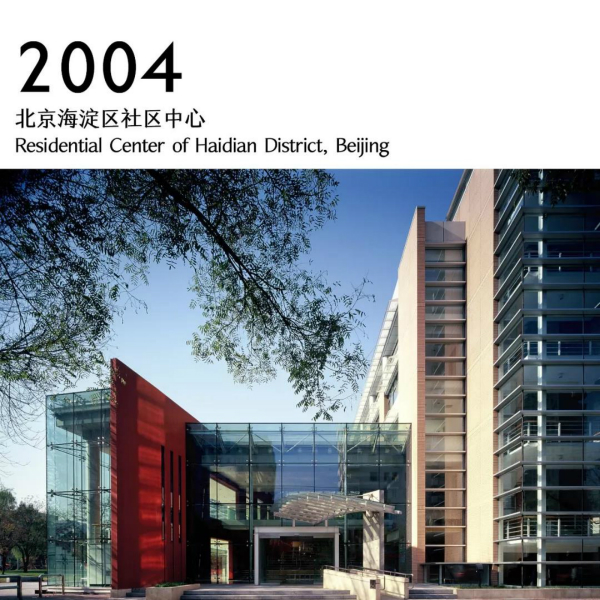
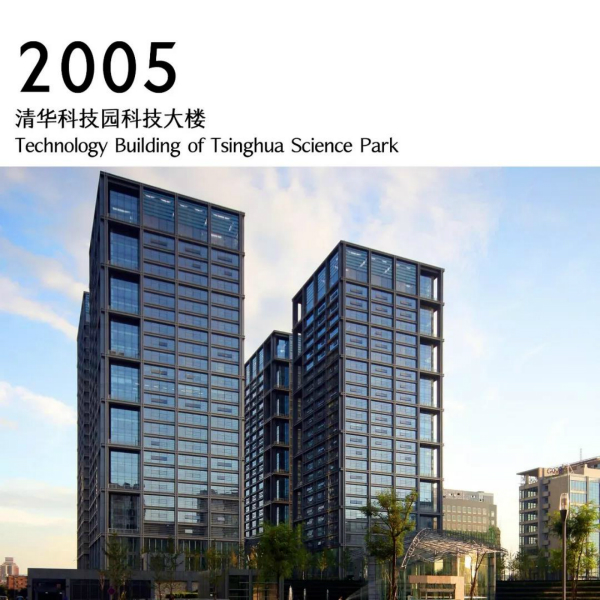
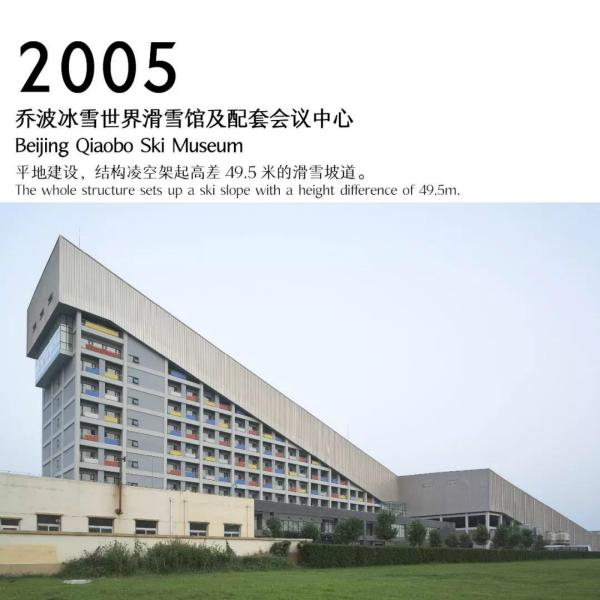
2008-2018
精细期,规范与创作并存
Refinement Period, Exploring Modernity
在最近这个十年中,清华大学建筑设计研究院的设计实践越来越紧密的和社会发展结合在一起,其学术与实践并重的路线在不断发扬光大。在参与社会大事件上,清华大学建筑设计研究院参与了亚洲投资银行总部设计、北京冬奥会场馆规划设计、雄安新区规划设计等重要项目。在城镇化发展领域,介入了新农村建设、城乡协调发展的工作。在响应市场需求上,承接了越来越多不同类型和特点的设计任务,服务于不同的人群与需求。在建筑设计发展的前瞻性上,努力推动建筑策划与使用后评估工作的普及,以使社会资本投入更为有效、使用者需求更有保障。在文化遗产保护上,完成了大量城市和文物建筑遗产保护的工作从清华大学建筑设计研究院院一甲子的实践中,从其对于知识、技术、研究、实践等方面建筑理念的坚持中,从其对于社会与历史责任的主动担当中,可以看到中国建筑界探寻并塑造其现代性的努力。清华大学建筑设计研究院对于建筑学术与实践的凝结,一直以来都是在服务于社会需求、国家认同、学术进步。
The recent decade has witnessed THAD marching forward in both academia and experience as it has increasingly integrated its design practice with social development. THAD has actively participated in numerous projects at the national level. In the field of urbanization development, THAD has been engaged in the construction of the Harmonious Development of Urban and Rural Areas. To fulfill market demand, THAD has undertaken various designs of different building types, serving different people and needs. In terms of the prospective development of architectural design, THAD has made continuous efforts to promote the application of Architectural Programming and Post Occupancy Evaluation, which ensures more effective social capital input and guarantees for users’ demands. As for the cultural preservation, THAD has also dedicated in the conservation of a large number of urban and historical buildings. Six decades of THAD’s practice sees the efforts of Chinese architecture exploring and shaping its modernity, via its adherence to knowledge, technology, research, and social responsibilities. THAD’s accumulation of knowledge and experience has always based on the belief to serve social needs, national identity and academic progress.

、
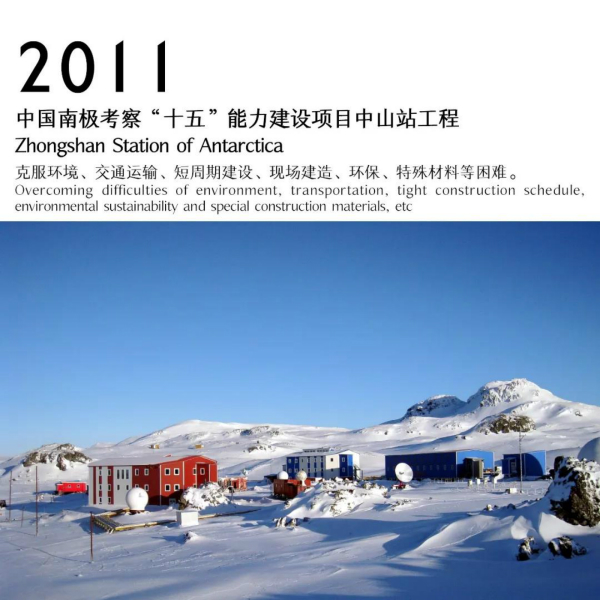
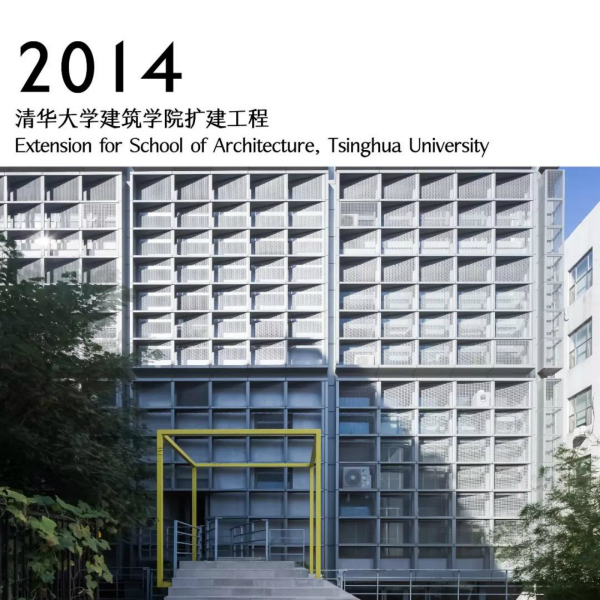
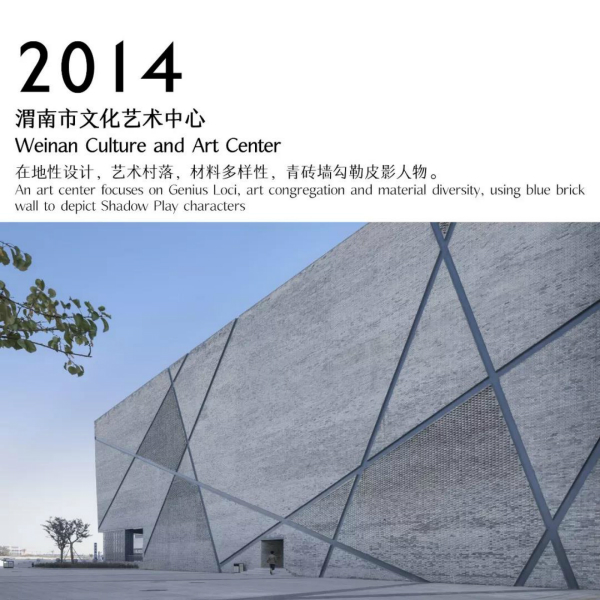
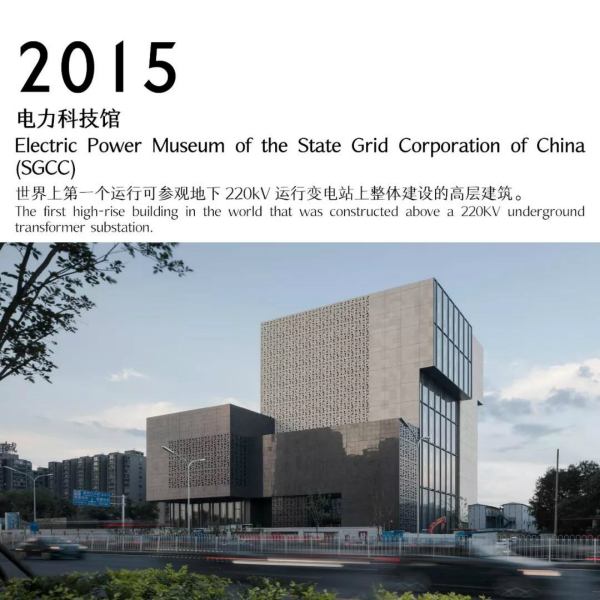
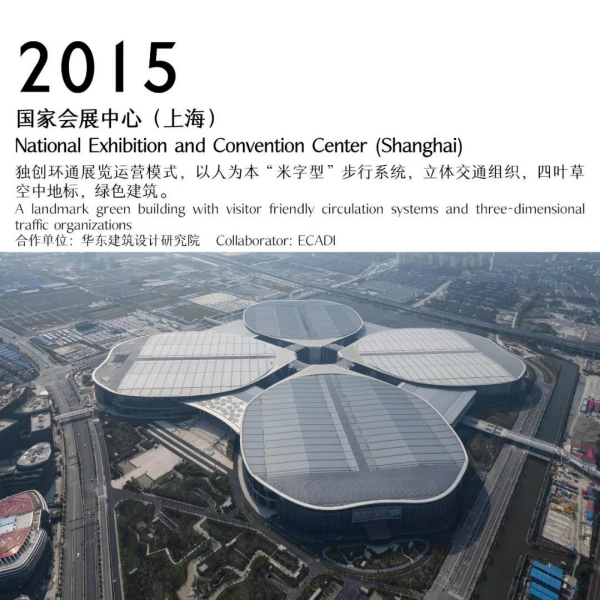
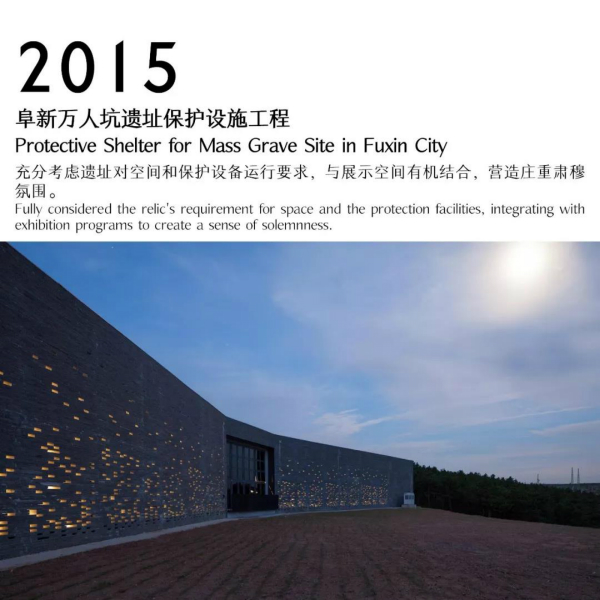
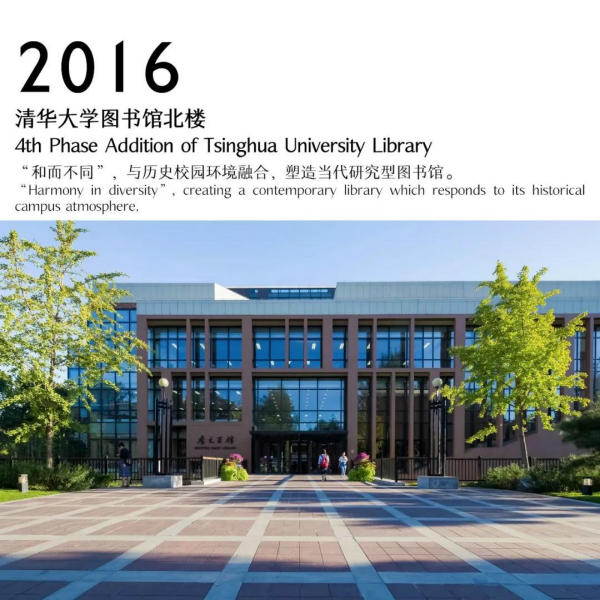
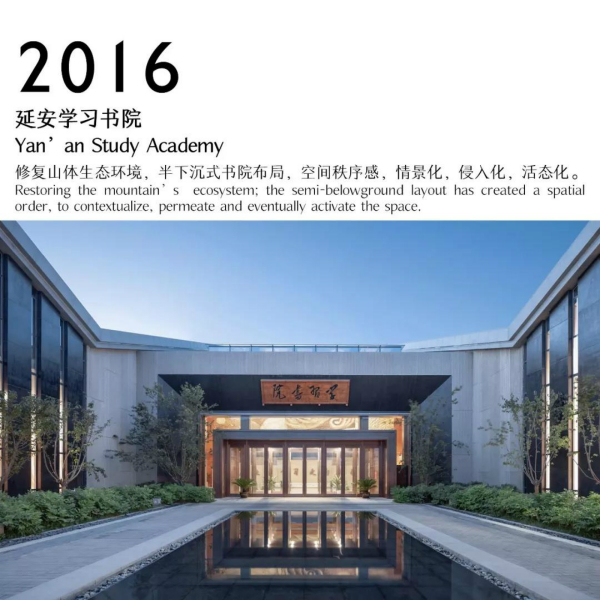


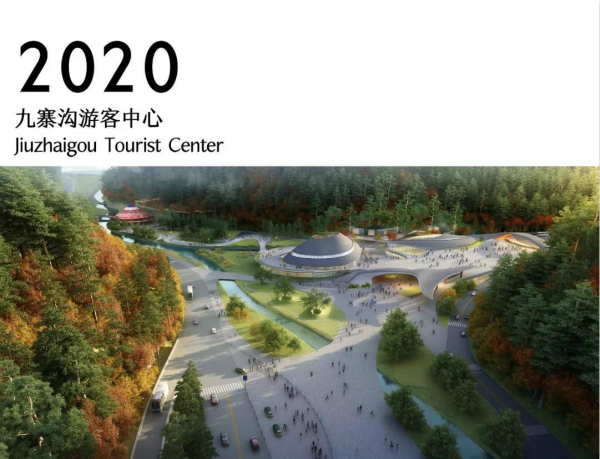
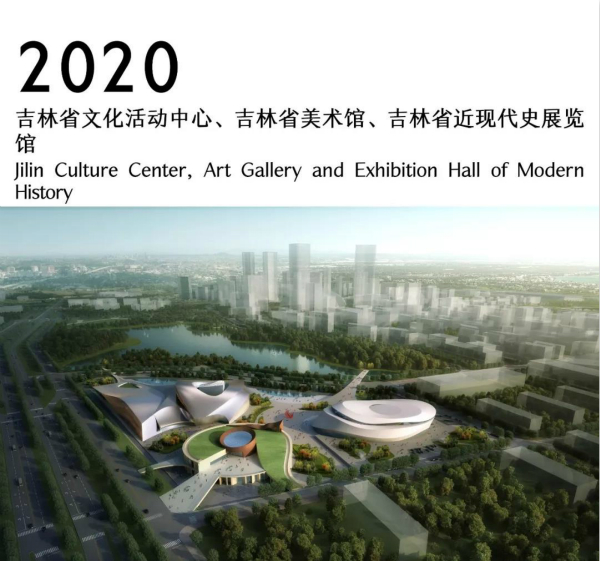
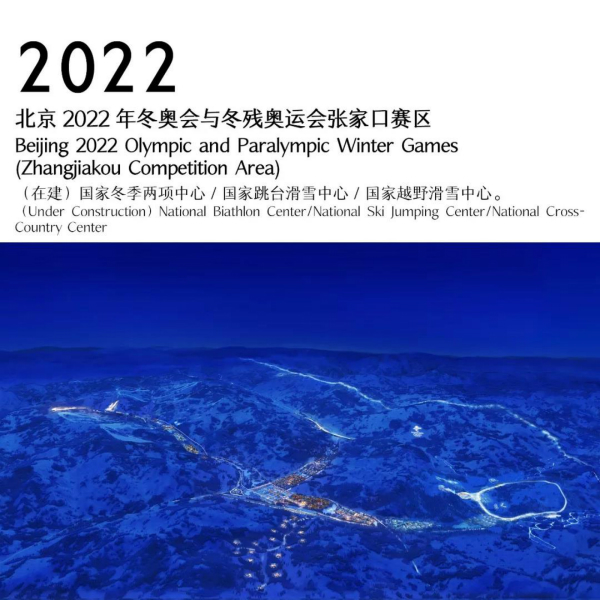
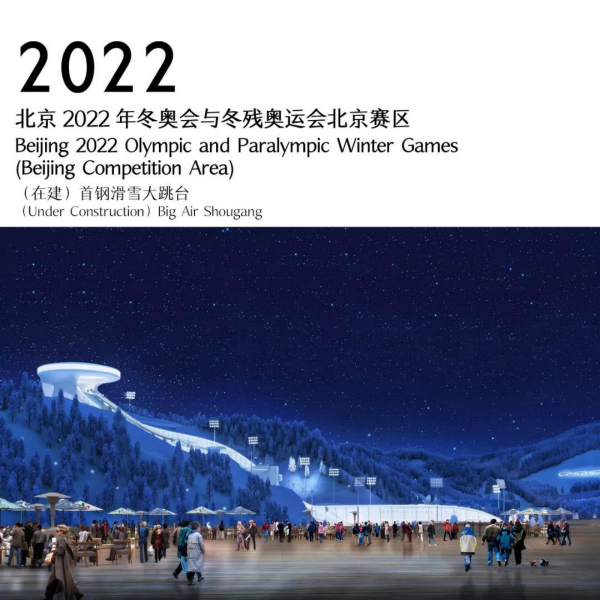
文章来源:清华建筑设计院
 qkwc@thhdg.com
qkwc@thhdg.com 北京市通州区
北京市通州区 周一至周五
周一至周五上级单位:清华控股有限公司 清控人居控股集团
协作单位:清华同衡规划院 清华建筑设计院 清尚集团 国环清华环境工程设计研究院 华清安地 清城睿现数字科技研究院 清控人居光电研究院
2018-2018 清控文创(北京)文化产业发展有限公司 ALL RIGHTS RESERVED. 京ICP备18030971号-1